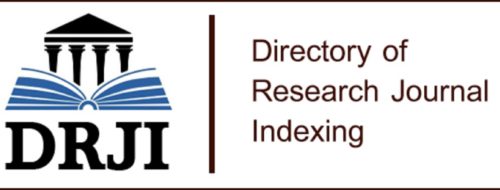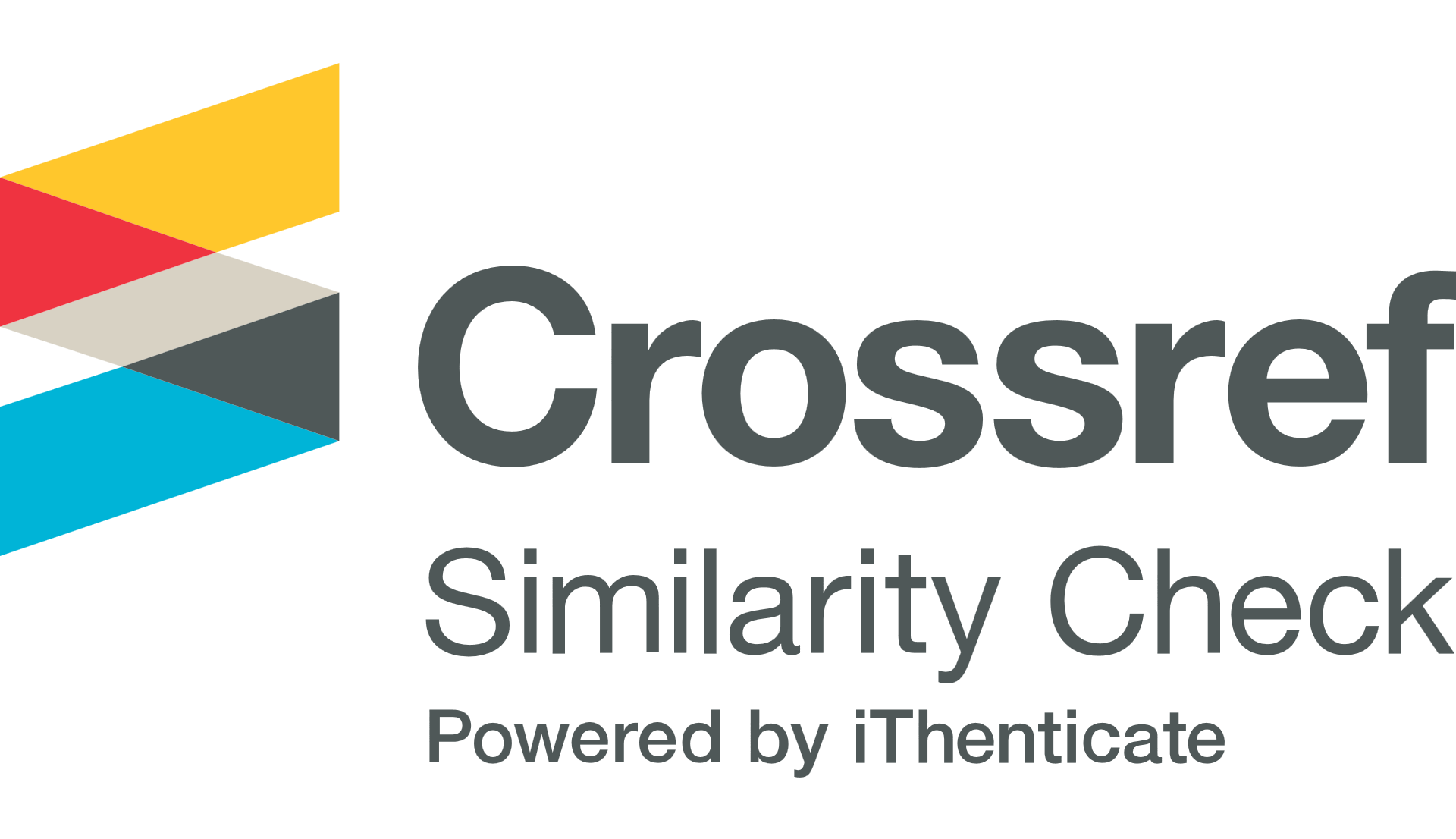SEISMIC VULNERABILITY ANALYSIS THROUGH THE APPLICATION OF THE FEMA METHOD IN THE NUESTRA SRA. VIRGIN OF LOURDES CHAPEL
Keywords:
seismic vulnerability, Fema Method, seismic riskAbstract
The seismic vulnerability index is a measure used to assess the degree of fragility of a structure or region in the event of an earthquake. This index is based on different factors, such as geographic location, construction quality, soil type, age of structures, and other relevant parameters. This article focuses on the determination of the seismic vulnerability index in the Our Lady Virgin of Lourdes Chapel. The determination of the seismic vulnerability index in the aforementioned chapel stands as an essential contribution to seismic risk management. The implementation of preventive and corrective measures is encouraged by identifying potential failures and vulnerable areas of the structure, protecting lives and preserving the built environment. The intersection of the index assessment of architectural, geotechnical, and geographic factors emphasizes the need for a comprehensive, multidisciplinary approach to seismic risk management. By establishing an analytical method for determining the seismic vulnerability index. The importance of knowing the index lies in the knowledge of the behavior of the structure in the face of any telluric event, therefore, the main objective is to analyze and determine the appropriate index for the area in which the chapel is built, taking into account that, an investigative and exploratory method is proposed to obtain optimal results from a technical perspective.
Keywords: seismic vulnerability, Fema Method, seismic risk.
References
CAICEDO CAICEDO, C., BARBAT BARBAT, H. A., CANAS TORRES, J. A., & AGUIAR FALCONÍ, R. (1994). VULNERABILIDAD SÍSMICA DE EDIFICIOS.
CIVIL, I. (2019). MANUAL DE EVALUACIÓN ESTRUCTURAL DE EDIFICACIONES POST EVENTO SÍSMICO BASADO EN EL ATC 20-1 JOSÉ ANTONIO ANDRADE GABELA. 1–160.
CUNALATA, F., & CAIZA, P. (2022). ESTADO DEL ARTE DE ESTUDIOS DE VULNERABILIDAD SÍSMICA EN ECUADOR. REVISTA POLITÉCNICA, 50(1), 55-64.
HERNÁNDEZ, J. D. B., & CASTRO, S. A. L. (2019). METODOLOGÍA PARA LA EVALUACIÓN DE LA VULNERABILIDAD SÍSMICA DE EDIFICACIONES DE HORMIGÓN ARMADO EXISTENTE. CIENCIA Y SOCIEDAD, 36(2), 256–275. HTTP://WWW.REDALYC.ORG/ARTICULO.OA?ID=87019757004
MORILLAS. (2019). FEMA. HTTPS://MASTERINGENIERIASISMICA.ETSII.UPM.ES/EVALUACION-BASADA-EN-PRESTACIONES-SEGUN-EL-PEER-FEMA-P-58-1/#:~:TEXT=EL%20FEMA%20P%2D58%2D1,NO%20ESTRUCTURALES%20Y%20SU%20OCUPACI%C3%B3N.
NORMA ECUATORIANA DE CONSTRUCCIÓN. (SEPTIEMBRE DE 2016). GUÍA PRÁCTICA PARA EVALUACIÓN SÍSMICA Y REHABILITACIÓN DE ESTRUCTURAS. OBTENIDO DE HTTPS://WWW.HABITATYVIVIENDA.GOB.EC/DOCUMENTOS-NORMATIVOS-NEC-NORMA-ECUATORIANA-DE-LA-CONSTRUCCION/
OJEDA RUIZ, J. M., PARRA MEZA, A., & SÁNCHEZ VERGARA RICARDO. (2020). CUADERNO DE APUNTES MATERIA ANÁLISIS ESTRUCTURAL.
SAFINA MELONE, S. (2003). VULNERABILIDAD SÍSMICA DE EDIFICACIONES ESENCIALES. ANÁLISIS DE SU CONTRIBUCIÓN AL RIESGO SÍSMICO. UNIVERSITAT POLITÈCNICA DE CATALUNYA.
STRUCTURALIA BLOG. (30 DE MARZO DE 2022). QUÉ ES LA CARBONATACIÓN DEL HORMIGÓN Y CÓMO PREVENIRLA. OBTENIDO DE STRUCTURALIA: HTTPS://BLOG.STRUCTURALIA.COM/CARBONATACI%C3%B3N-DEL-HORMIG%C3%B3N-PREVENCI%C3%B3N
YEPEZ, F., BARBAT BARBAT, H. A., & CANAS TORRES, J. A. (1995). RIESGO, PELIGROSIDAD Y VULNERABILIDAD SÍSMICA DE EDIFICIOS DE MAMPOSTERÍA. CENTRE INTERNACIONAL DE MÈTODES NUMÈRICS EN ENGINYERIA (CIMNE).
Published
How to Cite
Issue
Section
License
Copyright (c) 2023 Scientific Journal INGENIAR: Engineering, Technology and Research

This work is licensed under a Creative Commons Attribution-NonCommercial-ShareAlike 4.0 International License.

















